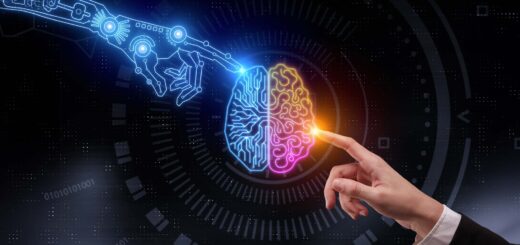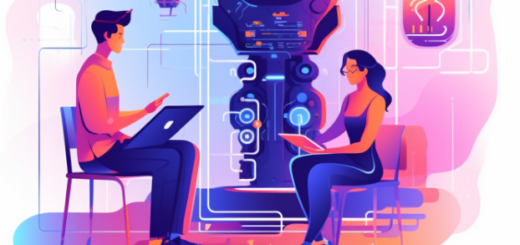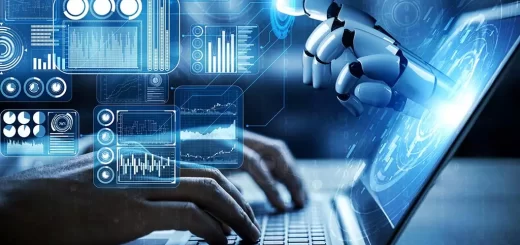AI-Powered Image Generation Reaches a New Milestone
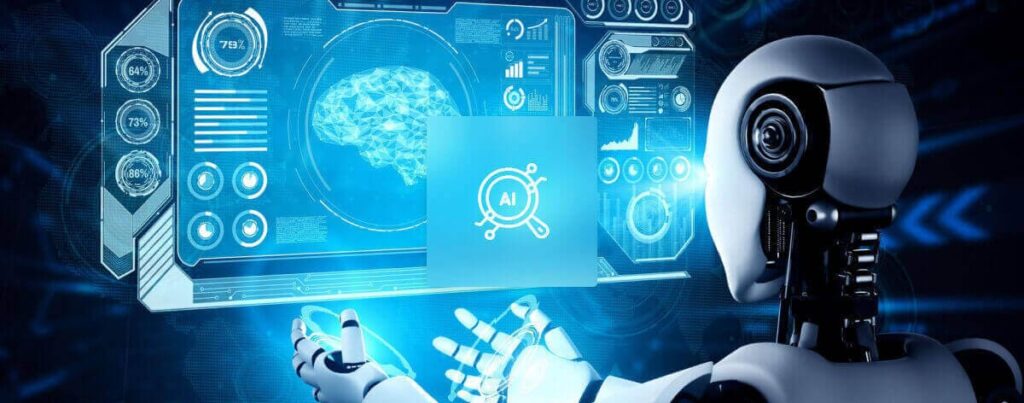
The way we create and interact with visual content has undergone a seismic shift. For years, artificial intelligence has been enhancing digital design, photo editing, and video production. But June and July 2022 marked a significant turning point in AI-generated art, with the rapid rise of text-to-image models that could produce stunningly realistic and creative visuals from simple text prompts.
Leading this revolution was OpenAI’s DALL·E 2, which became widely accessible in beta testing during this period. The tool, capable of generating high-resolution, detailed images from natural language descriptions, showcased a level of creativity and precision that had never been seen before in AI-generated art. Not long after, Stability AI’s Stable Diffusion entered the scene, offering an open-source alternative that put this cutting-edge technology into the hands of developers and artists worldwide.
This breakthrough was not just about creating pretty pictures—it signaled a fundamental shift in how humans and machines collaborate in creative processes.
How AI-Generated Art Evolved in Just Weeks
Before the summer of 2022, AI-generated images were often impressive but had clear limitations: they lacked coherent structure, suffered from visual distortions, and struggled with complex prompts. Then, seemingly overnight, AI models became capable of producing photorealistic portraits, surreal dreamscapes, and intricate digital paintings that could rival human-created works.
This sudden leap was driven by:
- Improved diffusion models – AI learned to generate images progressively, refining details step by step rather than creating an entire image at once.
- Enhanced text-to-image understanding – Language processing improved, allowing AI to better interpret prompts and generate more accurate and imaginative results.
- Greater accessibility – OpenAI’s DALL·E 2 beta launch and Stability AI’s open-source release of Stable Diffusion made the technology widely available for experimentation and real-world application.
These advancements didn’t just impact digital art—they raised questions about ownership, creativity, and the role of AI in human expression.
Real-World Applications of AI-Powered Image Generation
By July 2022, companies and individuals were already integrating AI-generated art into business, entertainment, and design workflows. Some of the most immediate applications included:
1. AI in Marketing & Branding
- Brands began using AI to generate unique ad visuals, customized for different audiences in seconds.
- AI-created images helped companies build fast, low-cost promotional materials without needing professional photographers or designers.
2. AI in Gaming & Concept Art
- Game developers started using AI-generated landscapes and character designs as prototypes for world-building and storytelling.
- AI became an assistant for digital artists, helping them create reference images and iterate on creative ideas rapidly.
3. AI in Publishing & Media
- News agencies experimented with AI-generated illustrations for articles, reducing reliance on stock imagery.
- Book cover designers and content creators leveraged AI for concept art and dynamic visual storytelling.
4. AI in Personal Creativity & Social Media
- Social media users generated AI-powered portraits, avatars, and digital paintings, making artistic creation more accessible to non-artists.
- AI-driven tools allowed anyone to turn imaginative text prompts into full-fledged artworks, fueling a wave of experimentation and viral content.
The rapid adoption of these AI tools suggested that text-to-image generation was not just a trend—it was a paradigm shift in how digital content would be created going forward.
The Ethical and Legal Questions That Emerged
While the excitement around AI-generated art grew, so did concerns over intellectual property, bias, and the impact on creative industries.
1. Ownership and Copyright Issues
- Who owns an AI-generated image—the user who typed the prompt or the company that trained the model?
- Could AI-generated artworks be copyrighted, or were they public domain by nature?
These questions led to early legal debates about how AI-generated content would be regulated in creative industries.
2. Ethical Bias in AI Art
- Some users found that AI models favored certain artistic styles while struggling with others, raising concerns about bias in training data.
- Representation in AI-generated portraits was questioned, as some models produced racially or culturally skewed outputs.
Developers and researchers began working on bias mitigation strategies to make AI-generated content more inclusive and fair.
3. The Future of Human Artists
- Would AI-generated art devalue human creativity, or would it become a collaborative tool for artists?
- Some digital artists saw AI as a way to speed up workflows, while others feared job displacement and market saturation of AI-generated images.
These discussions continued throughout the summer, shaping the direction of AI ethics and creative industries.
The Road Ahead: What Comes Next for AI-Generated Art?
By July 2022, it was clear that AI-powered image generation was just the beginning. The rapid developments in this space hinted at several future trends:
- Interactive AI art creation – AI models that allow real-time user adjustments, blending human and machine creativity.
- AI-powered video generation – The next frontier, with AI generating not just still images, but entire animations and video sequences.
- More customizable AI models – Users training their own AI art generators, leading to personalized AI assistants for individual artists and brands.
- AI and VR/AR integration – AI-generated images being used to build immersive virtual worlds, digital fashion, and augmented reality experiences.
The launch of DALL·E 2’s public beta and Stable Diffusion’s open-source release made it clear that AI art wasn’t a temporary fascination—it was a tool that would continue evolving, influencing everything from digital marketing to fine art.
Final Thoughts: The Turning Point for AI-Generated Creativity
The explosion of AI-powered text-to-image tools in June and July 2022 was not just an improvement in technology—it was a cultural and creative shift. AI was no longer just analyzing images; it was creating them from scratch, enabling users to turn words into visuals instantly.
What once required years of artistic training or access to professional design tools could now be accomplished by typing a simple prompt into an AI model. While concerns about ethics, copyright, and creative labor remain, one thing is certain: AI-generated art has already changed how we think about creativity, accessibility, and the future of digital expression.
